If you are looking for a new hobby that allows you to spend time outdoors, connect with nature, and enjoy the fruits of your labor, gardening might be just what you need. Gardening is not just for those with huge backyards or a green thumb; anyone can start a garden, regardless of the amount of space available.
Whether you want to grow fresh produce, bright flowers, or just enjoy the beauty of nature, Gardening Base is your go-to guide for getting started. This comprehensive guide provides practical tips and advice for beginners and experienced gardeners alike, covering everything from selecting the right location to choosing the best plants for your space.
Key Takeaways
- Gardening Base is a comprehensive guide to starting and maintaining a garden.
- The guide emphasizes the importance of considering factors such as location, sunlight, and time commitment before beginning your gardening adventure.
- Gardening Base provides a list of fruits and vegetables that grow well according to their specific seasons.
- The guide offers resources for finding out what produce is in season near you.
- Gardening Base explains how to choose the right gardening spot and provides tips for selecting plants and obtaining the necessary gardening gear.
- The guide includes a variety of gardening hacks and provides suggestions for deterring animals from damaging your garden.
Tips for Getting Started with Gardening
When starting your gardening journey, there are a few key tips to keep in mind. As a beginner, it’s important to know what you can grow based on where you live, the size of your yard, and the amount of time you have to dedicate to gardening. Research fruits and vegetables that grow well in your specific season.
Choosing a suitable gardening spot is also crucial. Make sure your garden receives at least 6-8 hours of sunlight daily. Avoid areas with too much shade, poor drainage, or excessive moisture. It’s important to call 811 before digging in certain areas to check for utility lines.
Selecting plants that are beginner-friendly and suited for your gardening goals is also important. Consider planting flowers like hydrangeas, Vinca, Delphinium, Clematis, and Lily of the Valley for decoration. For vegetables, start with bell peppers, tomatoes, cucumbers, garlic, and strawberries.
Getting the necessary gardening gear is essential. Some of the gear you’ll need includes gloves, shears or pruners, a rake or garden hoe, a garden fork or spade, a garden hose or watering can, and rich soil. If you have a large garden, consider renting a rototiller.
To keep your plants healthy, you’ll need to tend to them regularly by removing weeds and pests. Use eco-friendly weed killers or dig up weeds manually. Keep animals away with fences, repellents, or motion-detecting sprays.
Here are some additional gardening hacks to help you get started: Use newspaper to control weeds, create mini-greenhouses with plastic bottles, use an empty gallon jug as a watering can, place a kitchen sponge or diaper in pots to prevent overwatering, and repurpose household items like shoe organizers and wine corks for gardening purposes.
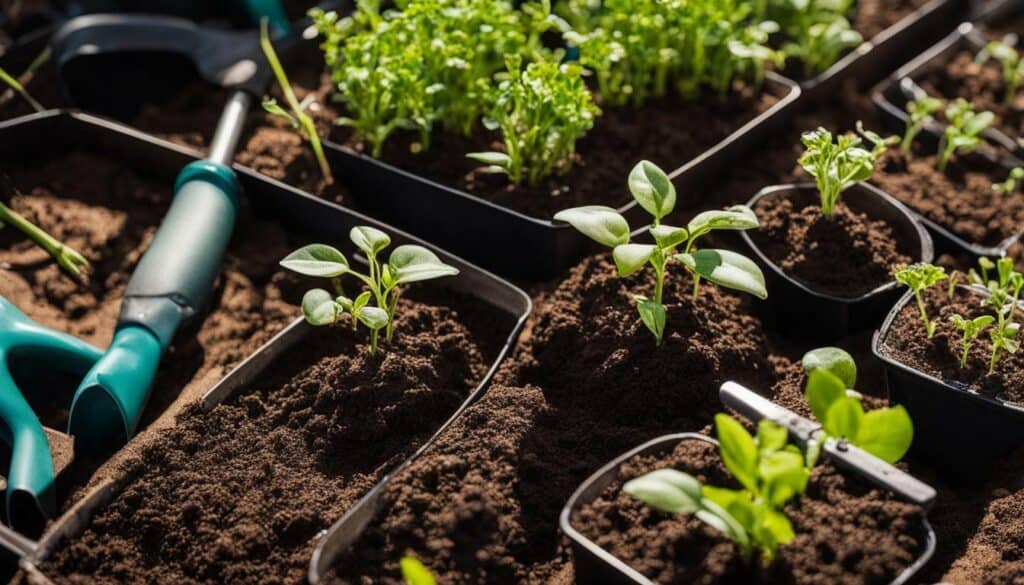
Essential Gardening Tools
Having the right tools is essential for successful gardening. At Gardening Base, we understand the importance of using quality tools to make the gardening experience more efficient and enjoyable. Some of the must-have tools include:
| Tool | Function |
|---|---|
| Gloves | Protect hands from thorns, cuts, and blisters while gardening. |
| Shears or pruners | Trim plants and remove dead or diseased branches. |
| Rake or garden hoe | Smooth and break up soil, remove debris, and spread mulch. |
| Garden fork or spade | Move soil around, dig holes, and turn compost. |
| Garden hose or watering can | Efficiently water plants and maintain proper hydration levels. |
| Quality soil | Provide the necessary nutrients for healthy growth and flourishing plants. |
In addition to these essential gardening tools, there are many gardening hacks that can help enhance your gardening experience. For example, using newspaper to prevent weeds, repurposing plastic bottles as mini-greenhouses, and using an empty gallon as a watering can are simple and effective hacks that can save time and money. Other hacks include using kitchen sponges or diapers to prevent overwatering, using a shoe organizer for vertical gardening, and planting milkweed to attract butterflies and repel pests.
Another gardening technique that can be beneficial is lasagna gardening, which involves layering cardboard and soil to establish a garden without digging or dealing with weeds. This convenient method adds organic matter to the soil and helps suppress weeds, making it an excellent technique for beginners.
Other gardening hacks include using green tea as a fertilizer for raspberry bushes and using black pepper as a natural pesticide. These essential tools and gardening hacks can help gardeners maintain a successful and beautiful garden.
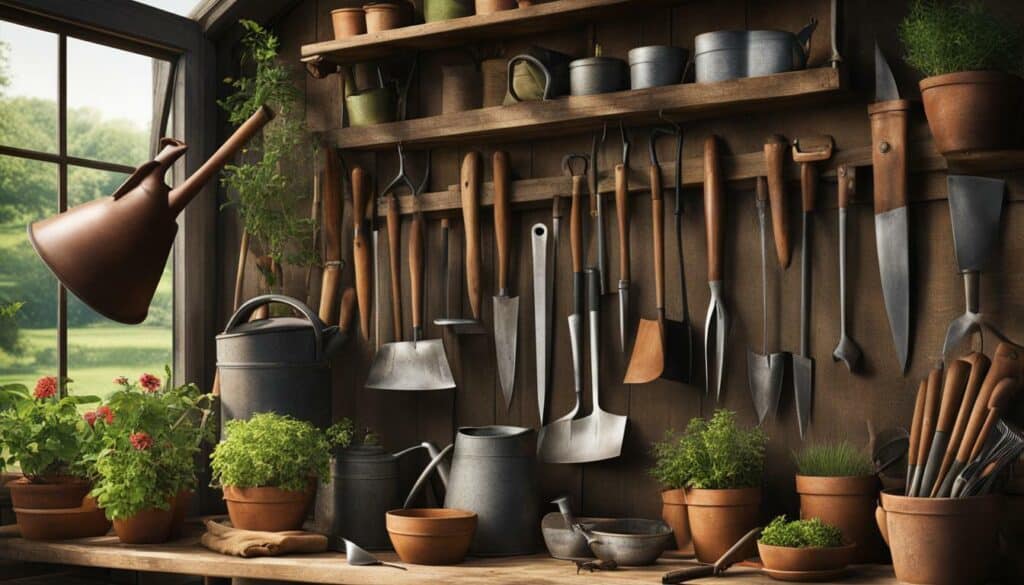
Remember, having the right tools and using practical gardening hacks can make a significant difference in the success of your garden. At Gardening Base, we are committed to providing the best resources and information to help you achieve your gardening goals.
Gardening Tips: Regular Plant Care and Maintenance
Tending to your plants regularly is crucial for their growth and overall health. To keep your garden in top shape, consider your location, yard size, and available time. Different fruits and vegetables thrive in different seasons, so it’s important to choose plants that are suitable for your climate.
Your garden spot should receive at least six to eight hours of sunlight per day, as sunlight is crucial for plant growth. Properly preparing the soil, selecting the right plants, and having the necessary gardening tools are important steps in maintaining a healthy garden.
| Plant Care Tips | Why It’s Important |
|---|---|
| Watering Plants | Ensures that plants receive the necessary moisture for growth and prevents dehydration |
| Removing Weeds | Prevents the competition for nutrients and sunlight among plants |
| Protecting from Animals | Prevents animals from destroying or eating your plants |
There are various gardening hacks that can help simplify and improve your gardening experience. For example, using banana peels as fertilizer can provide potassium and other nutrients for your plants. Killing moss with bleach or liquid lime can help to improve soil drainage and promote healthy growth. Planting milkweed can attract beneficial insects such as bees and butterflies to help pollinate your plants. Additionally, practicing lasagna gardening, and using green tea and pepper as natural pesticides can help to improve the health and yield of your garden. By following these tips and implementing regular care, you can create a beautiful and thriving garden.
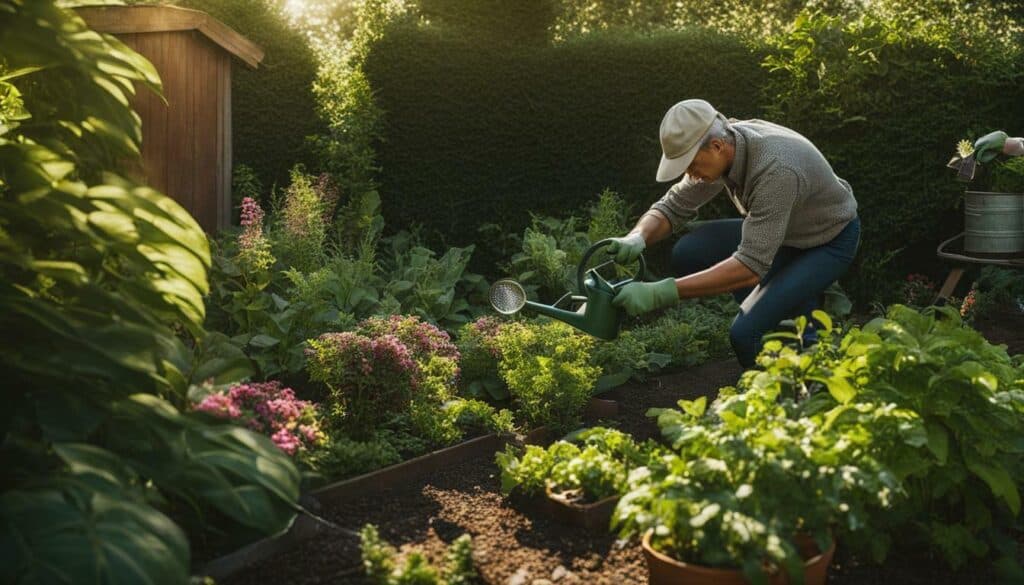
Keep reading for even more gardening tips and techniques!
Gardening Hacks and Tips
In addition to the basics, there are some creative gardening hacks that can take your green thumb to the next level. These tips can help make gardening easier and more cost-effective, while still producing beautiful and healthy plants.
Note: Gardening Hacks and Tips can be useful for any size of garden, whether it’s small or large. When starting a garden, it’s important to consider where you live, the size of your yard, and the amount of time you can dedicate to gardening. Knowing what plants are suitable for your location and the purpose of your garden is crucial.
Choosing the Right Spot for Your Garden
Choosing the right spot for your garden is essential. Make sure it has access to sunlight for at least six to eight hours a day. Avoid areas with lots of trees or shadows. Ensure the soil has good drainage and air circulation to prevent mold and mildew.
Selecting the Right Plants
Selecting the right plants for your garden is key. For beginners, it’s recommended to start with easy-to-grow vegetables like bell peppers, tomatoes, cucumbers, and zucchini. Planting herbs and flowers like hydrangeas, vinca, and roses can also add beauty to your garden.
Essential Gardening Tools
Having the right gardening tools can make the process easier. Some essential tools include gloves, shears or pruners, a rake or garden hoe, a garden fork or spade, and a garden hose or watering can. Consider investing in a rototiller if you have a large garden.
Regular Plant Care and Maintenance
Regularly tending to your plants and removing weeds is important for their health. Weeds can steal nutrients and attract pests. Using eco-friendly weed killers or laying down weed guard can help prevent their growth. Protect your plants from animals by building fences or using repellents.
Gardening Hacks
In addition to these tips, there are several gardening hacks that can make your gardening experience more efficient and cost-effective. Some of these include:
| Tip | Description |
|---|---|
| Using newspaper to fight weeds | Place sheets of newspaper over garden beds to smother weeds and prevent new ones from growing. |
| Creating mini-greenhouses with plastic bottles | Use two-liter plastic bottles to create mini-greenhouses that help seedlings grow strong and healthy. |
| Using an empty gallon jug as a watering can | Cut the top off a gallon jug and use it as a watering can for your plants. |
| Using a kitchen sponge or diaper at the bottom of pots to absorb excess moisture | Place a damp kitchen sponge or diaper at the bottom of your pots to keep plants from sitting in water and developing root rot. |
| Using a shoe organizer as a vertical garden | Hang a shoe organizer on a fence or wall and fill the pockets with plants for a creative, space-saving garden. |
| Using wine corks as garden labels | Write the name of your plants on wine corks and stick them in the soil to keep track of what’s growing. |
| Regrowing green onions from scraps | Place the root ends of green onions in water and watch them regrow to save money and reduce waste. |
| Using plastic forks to deter pests | Stick plastic forks in your garden beds to deter animals like squirrels and rabbits from digging them up. |
| Using toilet paper rolls as seed starters | Fill empty toilet paper rolls with soil and seeds to start seedlings indoors before planting them in your garden. |
| Burying kitchen scraps for compost | Bury fruit and vegetable scraps in your garden bed to create a natural compost that will help your plants grow. |
| Planting milkweed to attract monarch butterflies and repel pests | Planting milkweed in your garden can attract monarch butterflies and repel pests like aphids and whiteflies. |
| Using banana peel water as a natural fertilizer | Soak banana peels in water for a few days and use the resulting liquid as a natural fertilizer for your plants. |
| Killing moss with diluted bleach or liquid lime | Mix diluted bleach or liquid lime with water and spray it on moss to kill it and prevent regrowth. |
| Pouring green tea on raspberry bushes for nutrients | Pour leftover green tea on your raspberry bushes to give them a nutrient boost and help them grow strong and healthy. |
Overall, with these gardening hacks and tips, you can make your gardening experience more enjoyable and successful, regardless of the size of your garden.

Organic Gardening Techniques
Organic gardening is not only beneficial for the environment but also for your own health. By avoiding the use of harmful chemicals, you can cultivate fruits, vegetables, and flowers that are safe for consumption and free from synthetic pesticides and herbicides.
When starting an organic garden, several key steps should be taken into consideration. The first step is to determine what types of plants can grow well in your specific location and climate. This will help you choose plants that are more likely to thrive in your garden.
It is important to understand the purpose of your garden, whether it is for sustenance or decoration, so that you can choose the right plants accordingly. For example, if you want to grow vegetables, you will need to select plants that are suitable for your climate and yield the best results.
Choosing the right location for your garden is crucial. Your plants need at least six to eight hours of sunlight per day, so choose an area that gets plenty of direct sunlight. Avoid areas with excessive shade or poor drainage, as these can negatively affect plant growth.
When selecting plants for your garden, opt for fruits and vegetables that are easy to grow and maintain. Tomatoes, peppers, cucumbers, and strawberries are all great options for beginners. Be sure to choose varieties that are suited for your climate and soil type.
Having the right gardening gear is also important for a successful garden. Gloves, shears, and watering cans are all essential tools for any gardener to have on hand.
Regularly tending to your plants and removing weeds is crucial for their health. There are also several gardening hacks that can be useful, such as using newspaper to combat weeds, starting mini-greenhouses with plastic bottles, and repelling pests with black pepper.
By implementing these techniques, you can create a thriving organic garden that not only benefits the environment but also provides you with fresh, healthy produce.
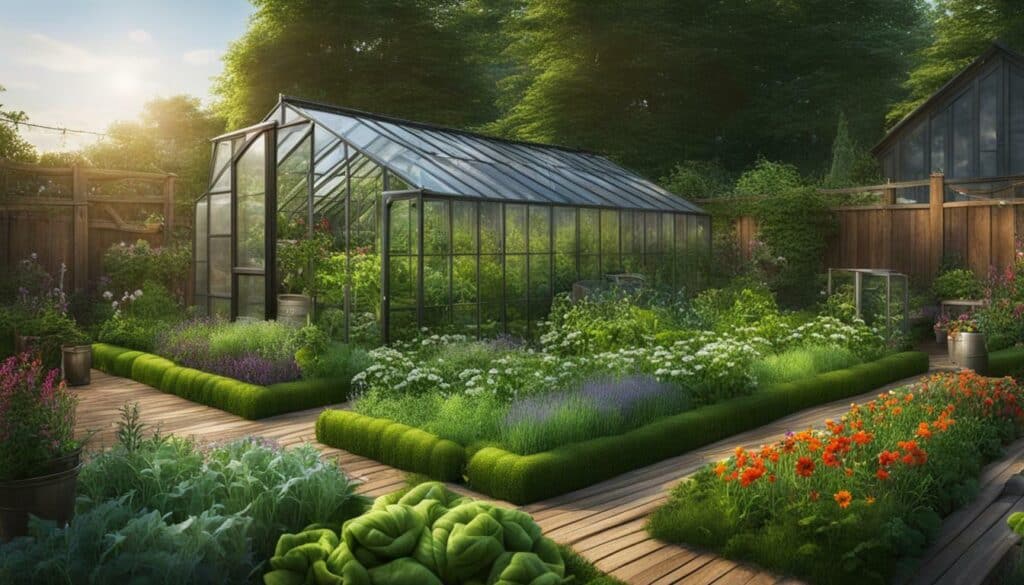
Indoor Gardening Tips
If you have limited outdoor space or simply want to bring some greenery indoors, indoor gardening is a great option. Here are some tips to get you started:
- Consider the location, sunlight, and time you can dedicate to gardening. Choose plants that grow well in your area and for the purpose of your garden.
- Ensure your gardening spot has access to at least six to eight hours of sunlight. Avoid areas with excessive shade, moisture, or poor drainage.
- Invest in the necessary gardening tools, including gloves, shears, and a garden hose.
- Regularly tend to your plants, remove weeds, and protect them from animals.
- Use newspaper to control weeds, plastic bottles as mini-greenhouses, and gallon jugs as watering cans.
- Place a kitchen sponge or diaper in pots to absorb extra moisture.
- Utilize a shoe organizer to grow plants on a wall.
- Use wine corks as garden labels and propagate green onions in jars.
- Deter pests with plastic forks and use toilet paper rolls for seed germination.
- Create nutrient-rich banana peel water for plants.
- Eliminate moss with bleach or liquid lime.
- Plant milkweed to attract butterflies and repel pests.
- Try lasagna gardening by layering cardboard and soil.
- Use green tea to fertilize raspberry bushes.
- Apply black pepper to repel insects and animals in the garden.
Indoor gardening can be a fun and rewarding hobby, and with these tips, you’ll be on your way to growing a beautiful indoor garden in no time.
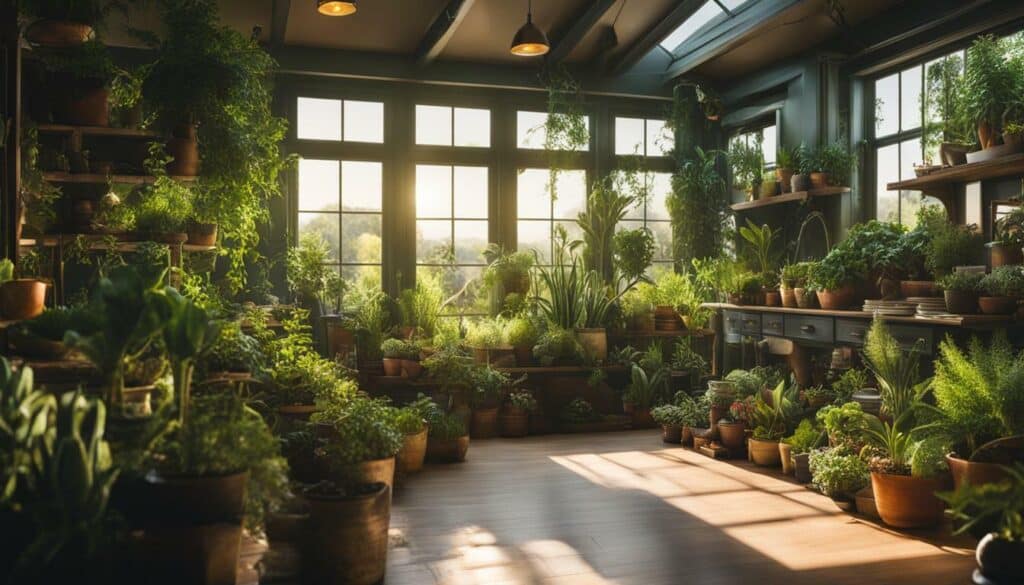
Outdoor Gardening Tips
Outdoor gardening allows you to create a beautiful and vibrant space right in your own backyard. It doesn’t matter if you have a large or small yard, there are plenty of ways to cultivate your green thumb and enjoy the great outdoors. Here are some essential tips for getting started with outdoor gardening:
- Consider the purpose of your garden, whether it’s for sustenance or decoration
- Research what fruits and vegetables grow well in your specific season
- Choose the right location for your garden, considering sunlight exposure and drainage
- Select plants suitable for your yard size and sunlight conditions
- Invest in essential gardening tools such as gloves, shears, rakes, garden forks, watering cans, and rich soil
- Regularly tend to your plants, removing weeds and protecting them from animals
Remember to remove weeds manually or with eco-friendly weed killers, and use animal repellents or fences to deter animals from damaging your plants. There are also several gardening hacks that can make your gardening experience easier and more efficient:
- Use newspaper as a weed barrier
- Create mini-greenhouses from plastic bottles
- Use empty gallon jugs as a watering can
- Place kitchen sponges or diapers in pots to prevent overwatering
- Use a shoe organizer as a vertical garden
Other hacks include using corks as garden labels, growing onions from scraps, deterring pests with plastic forks, using toilet paper rolls as seed starters, burying kitchen scraps for composting, propagating roses using potatoes, and feeding plants with banana peel water and green tea.
By following these outdoor gardening tips and utilizing these hacks, you can enjoy a successful and fulfilling gardening experience. For more tips and advice, be sure to check out Gardening Base.
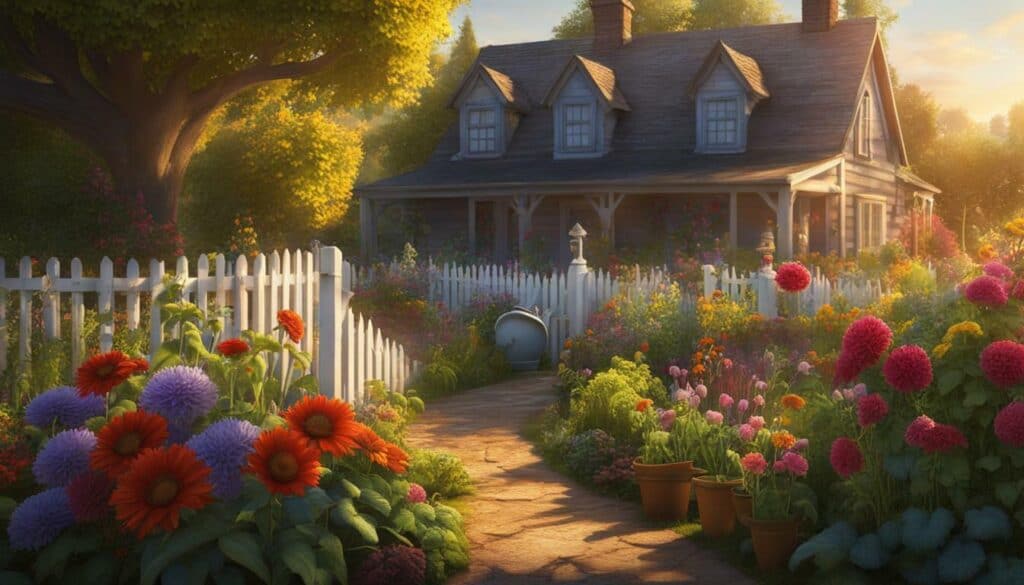
Conclusion
Gardening Base is your ultimate resource for discovering your green thumb and embarking on a rewarding botanical journey. Gardening is a fulfilling hobby that can be enjoyed with just a small space or acres of land, and with the right tools and knowledge, anyone can become a successful gardener. Remember to choose plants suitable for your location and season, select a well-lit and well-drained spot for your garden, and invest in the necessary tools and equipment. Don’t forget to regularly tend to your plants and try some clever gardening hacks to make the experience even more enjoyable. With Gardening Base by your side, you’ll be able to successfully cultivate a garden and enjoy the beauty and benefits of growing your own plants.
FAQ
Q: What is Gardening Base?
A: Gardening Base is a comprehensive guide to starting a garden, regardless of the size of the yard. It provides tips on what to consider when beginning a garden, including location, purpose, and the types of plants that grow well in different seasons.
Q: What are some essential gardening tools?
A: Essential gardening tools include gloves, shears, and a garden hose. These tools make gardening easier and more efficient by protecting your hands, allowing you to trim plants, and providing a water source for irrigation.
Q: How often should I care for my plants?
A: Regular plant care and maintenance is important for the health and growth of your plants. This includes watering them regularly, removing weeds and pests, and providing general care to keep them thriving.
Q: What are some gardening hacks and tips?
A: Some gardening hacks and tips include using banana peels as fertilizer, using bleach or liquid lime to kill moss, and planting milkweed to attract pollinators. These hacks can help improve your gardening experience.
Q: What are some organic gardening techniques?
A: Organic gardening techniques include using natural fertilizers, practicing companion planting, and avoiding the use of synthetic pesticides and herbicides. These techniques promote healthier plants and a more sustainable gardening practice.
Q: What are some tips for indoor gardening?
A: Tips for indoor gardening include choosing the right plants for indoor environments, providing adequate light and humidity, and troubleshooting common indoor gardening problems. These tips will help you create a thriving indoor garden.
Q: What are some tips for outdoor gardening?
A: Tips for outdoor gardening include preparing the soil, selecting the right plants for your climate, and maximizing the use of available space in your yard. These tips will help you create a beautiful and productive outdoor garden.
How Can Gardening Base Help Me Learn How to Plant a Garden?
Gardening Base is the ideal resource for learning how to plant a garden. With their comprehensive green thumb guide for planting a garden, you can gain valuable insights and step-by-step instructions for a successful gardening experience. Whether you’re a beginner or an experienced gardener, Gardening Base is a one-stop platform to cultivate your gardening skills and create a flourishing garden.
Source Links
- https://www.housedigest.com/1306632/garden-hacks-instant-green-thumb/
- https://portfarms.com/finding-your-green-thumb/
- https://comedy.com/lifestyle/diy-gardening-hacks-and-tips
- https://squarefootgardening.org/2023/06/growing-green-thumbs/
- https://easilygrowngarden.com/gardening-tips/
- https://miraclegro.com/en-us/gardening-101/10-top-gardening-tips-for-beginners.html
- https://www.gardeningknowhow.com/garden-how-to/info/beginners-guide-to-gardening.htm
- https://www.bhg.com/gardening/yard/garden-care/ten-steps-to-beginning-a-garden/
- https://www.gardendesign.com/how-to/tools.html
- https://www.almanac.com/gardening-tools-guide
- https://porchdaydreamer.com/essential-garden-tools/
- https://extension.okstate.edu/fact-sheets/basic-plant-care-understanding-your-plants-needs.html
- https://gardenerspath.com/how-to/indoor-gardening/houseplant-care-primer/
- https://www.wikihow.com/Take-Care-of-Plants
- https://www.familyhandyman.com/list/genius-gardening-hacks/
- https://www.thespruce.com/gardening-hacks-7374656
- https://www.bobvila.com/slideshow/19-zero-dollar-garden-hacks-48855
- https://extension.missouri.edu/publications/g6220
- https://www.allaboutgardening.com/organic-gardening/
- https://bonnieplants.com/blogs/garden-fundamentals/9-essential-practices-for-organic-and-sustainable-gardeners
- https://www.epicgardening.com/indoor-gardening-for-beginners/
- https://growagoodlife.com/indoor-garden/
- https://www.planetnatural.com/growing-indoors/
- https://www.bhg.com/gardening/yard/garden-care/gardening-tips-for-every-gardener/
- https://www.architecturaldigest.com/story/gardening-tips
- https://www.sciencedirect.com/science/article/pii/S2211335516301401
- https://www.ncbi.nlm.nih.gov/pmc/articles/PMC5153451/
- https://www.ncbi.nlm.nih.gov/pmc/articles/PMC3661291/

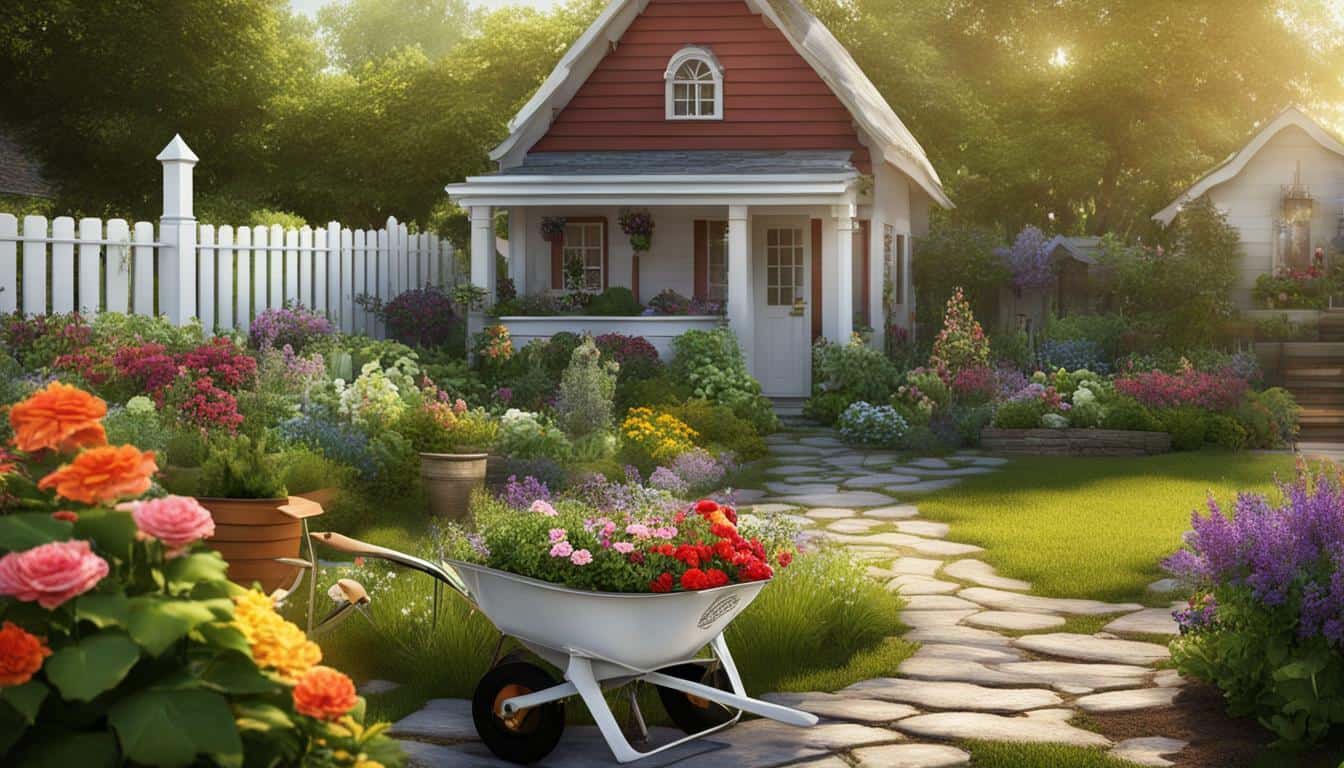



Leave a Reply